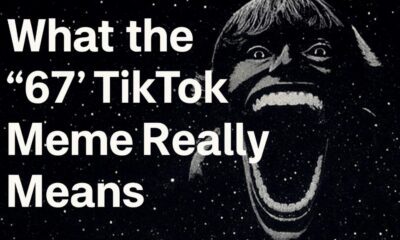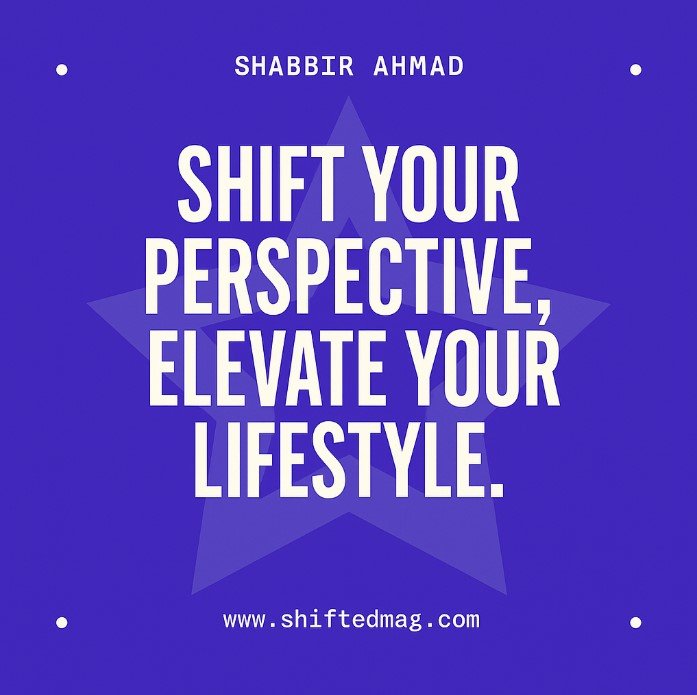Lifestyle
How The Unsent Project Became the Internet’s Emotional Outlet

In today’s digital world, people often share everything online. From daily activities to deep emotions, the internet has become a place where feelings can be shared quickly. But not everyone is ready to say everything out loud. Sometimes, people want to say something important but never hit send. That’s where The Unsent Project comes in.
Created by artist Rora Blue in 2015, The Unsent Project is a unique online space that collects unsent text messages. These messages are meant for first loves, but they’re never actually sent. Instead, they are shared anonymously with the project. So far, more than five million messages have been submitted from people all over the world. It has become one of the most emotional places on the internet.
This blog explains how The Unsent Project started, how it works, why it matters, and what makes it a powerful outlet for human emotion.
What is The Unsent Project?
The Unsent Project is a digital archive where people submit unsent text messages. These messages are written to a person the sender considers their “first love.” But the term “first love” is open to personal meaning. For some, it could be a romantic partner. For others, it might be a friend, a family member, or even a pet.

Image Source: The Unsent Project
Every message is submitted online and linked to a color. When someone submits a message, they choose the color that they associate with that memory or person. Rora Blue started this project to explore how people connect feelings of love with colors.
The messages are never sent to their intended receiver. Instead, they are displayed on the official Unsent Project website, where others can read them. You can browse the messages by name or by color.
Why Was The Project Created?
Rora Blue was interested in how people experience love and how they express it through color. She wanted to find out what color people “see” love in. To study this idea, she asked people to send her a message they had never sent to their first love—and to also tell her what color they thought of when they thought about that person.
This turned into a large collection of anonymous messages. Over time, more and more people found the project and wanted to be part of it. For many people, it became a safe space to say what they couldn’t say directly.
How Does it Work?
The process of submitting to The Unsent Project is simple. Here’s how it works:
- You go to the official website.
- You type your message in the box provided.
- You choose a color that represents how you feel about the person.
- You can enter a name, but it’s optional.
- You click submit.
After that, the message is added to the collection. Messages are sorted by the color you picked or by the name you typed in. Anyone who visits the website can browse the collection.
Why People Use It
People use The Unsent Project for many reasons. Here are some of the most common:
- They want to say something they never dared to say.
- They want to move on from a relationship or emotional event.
- They want to express love, regret, anger, or apology.
- They want to feel less alone by sharing their feelings anonymously.
The project allows people to share deeply personal thoughts without judgment. It’s like a diary, but one that others can read and relate to.
What Makes The Project Unique
The idea of unsent messages is not new, but what makes The Unsent Project special is how it combines emotion with color. Every message is displayed with the color the sender picked. These colors add another layer of meaning. A red message may express passion or anger, while a blue message may suggest sadness or calmness.
Rora Blue uses the color data to study emotional responses. Over time, she has built a huge database of colors and emotional meanings. This gives an unusual but honest view into how people link color and emotion.
Examples of Submissions
Here are a few examples (shortened for simplicity):
- “I still think about you every day. I wish I had said yes.” (Color: Light Pink)
- “You broke me, but I still miss you.” (Color: Black)
- “I hope you found peace.” (Color: Blue)
- “Thank you for loving me when I couldn’t love myself.” (Color: Yellow)
These messages show that people use the platform to express a wide range of feelings.
Types of First Loves
While many people write to romantic partners, not all messages are romantic. The term “first love” is personal and emotional. Here are some types of people messages are sent to:
- Former boyfriends or girlfriends
- Childhood best friends
- Parents or guardians
- Siblings or cousins
- Teachers or mentors
- Pets who passed away
This open definition makes the project more relatable to people from all backgrounds.
Read about: Why Modern Love Doesn’t Follow Old and Outdated Rules
Emotions Found in the Messages
Each message carries its own emotional weight. But some common emotions seen in The Unsent Project include:
- Love
- Regret
- Forgiveness
- Hope
- Sadness
- Anger
- Nostalgia
Some messages are only a few words long. Others are full paragraphs. No matter the length, each one feels real and raw.
The Role of Color in the Project
Color plays a key part in this project. People are asked to pick the color that reminds them of the person they’re writing to. The chosen color reflects their emotion or memory. Rora Blue tracks this data to explore emotional connections to color.
Below is a simple table showing a few common colors and what emotions they are often linked with based on message trends:
| Color | Common Emotion Linked |
| Red | Passion, Anger, Desire |
| Blue | Sadness, Peace, Calm |
| Yellow | Joy, Gratitude, Warmth |
| Black | Grief, Emptiness, Closure |
| Pink | Innocence, Hope, First Crush |
| Green | Jealousy, Healing, Nature |
| Purple | Mystery, Reflection, Wisdom |
| White | Forgiveness, Goodbye, Purity |
These color choices are not fixed and can change depending on the sender’s own experiences. But this gives a general view of emotional patterns.
The Growth of the Project
Since it started in 2015, The Unsent Project has grown rapidly. It began as a personal art project and quickly became a global phenomenon. Over 5 million messages have now been submitted from users in many countries.
The project has been featured in online magazines, social media, and art exhibits. It is often shared on platforms like Instagram, Tumblr, and TikTok, where people post screenshots of the messages they relate to most.
Impact on Mental Health
Many people say The Unsent Project helps them cope with emotional stress. For those dealing with heartbreak, loss, or unspoken feelings, writing an unsent message can feel like a form of release.
Some therapists and counselors even recommend activities like writing unsent letters as a healing exercise. The Unsent Project offers a way to do this publicly, but still anonymously.
The fact that others can read the messages and relate to them creates a sense of connection. Readers often feel they are not alone in their feelings. This emotional bond makes the project more than just an archive—it becomes a support system.
Check out: Stats & Facts about Teen Mental Health
Criticism and Concerns
While the project is mostly positive, some people have raised concerns:
- The messages are not moderated before posting, so there’s a chance for harmful content.
- Some users worry that publicly expressing such strong emotions could keep people from moving on.
- Others fear their messages might be seen by the wrong person if a name is included.
Despite this, the overall impact has been more healing than harmful, especially when users are careful not to include sensitive personal details.
The Artistic Side
Rora Blue is not just collecting messages. She also uses selected messages in art pieces. These artworks are sometimes displayed in galleries or sold as prints. They often combine the message, the color, and visual design to create a powerful emotional experience.
This adds another dimension to the project, turning words into visual art and preserving anonymous feelings as part of a creative archive.
Why It Still Matters Today
The Unsent Project remains popular because it meets a need. Many people have things they wish they could say but don’t. This project gives them that chance.
As long as people have unspoken emotions, this kind of platform will always have value. It shows that even in a fast-paced online world, people still seek honest, emotional expression.
Final Thoughts
The Unsent Project has become a digital home for untold stories and private feelings. Its growth shows that millions of people need a place to share what they cannot say in real life. By combining anonymous messages with the power of color, Rora Blue created something deeply emotional, personal, and human.
Whether you read the messages or write your own, The Unsent Project offers something simple but powerful—a safe space for feelings that otherwise might stay hidden forever.
Frequently Asked Questions (FAQs)
- Is The Unsent Project real?
Yes, The Unsent Project is a real digital art project started by Rora Blue in 2015. It has collected over 5 million unsent text messages from people around the world.
- How does The Unsent Project work?
You visit the official website, write a message to your first love, choose a color that represents your feelings, and submit it. The message gets stored in an online archive where others can view it by color or name.
- How long does it take for The Unsent Project to send the message?
The messages are not actually sent to the recipient. They are published on the website for public viewing, usually within a few days, depending on volume. It’s an emotional outlet, not a messaging service.
- Is The Unsent Project anonymous?
Yes, it is completely anonymous. You are not required to enter your name, email, or any personal information. You can choose to include a name for the person the message is for, but it’s optional.
-

 Social Media2 months ago
Social Media2 months agoWhat the “67” TikTok Meme Really Means
-

 Tech2 months ago
Tech2 months agoWhat To Do When Your Business Faces Network Vulnerabilities
-

 Self Improvement2 months ago
Self Improvement2 months agoUsing BCBS Rehab to Access Quality Addiction Care
-

 Games2 months ago
Games2 months agoPusoy Strategies for Play That Also Work in Pusoy Dos in English






